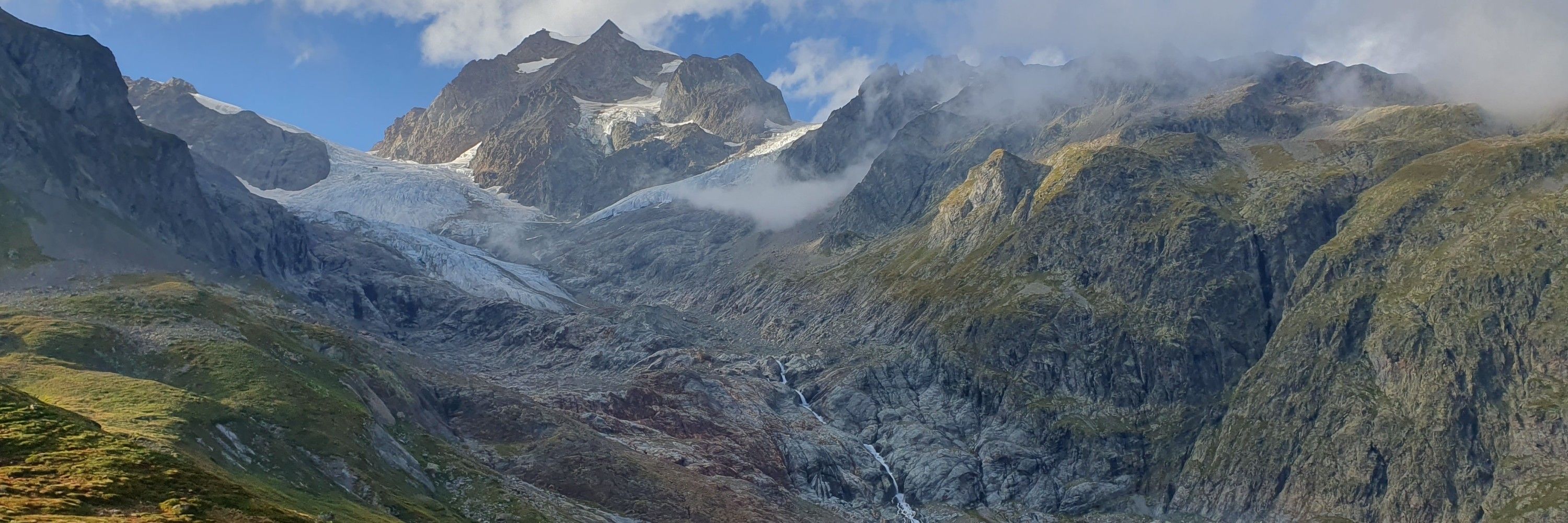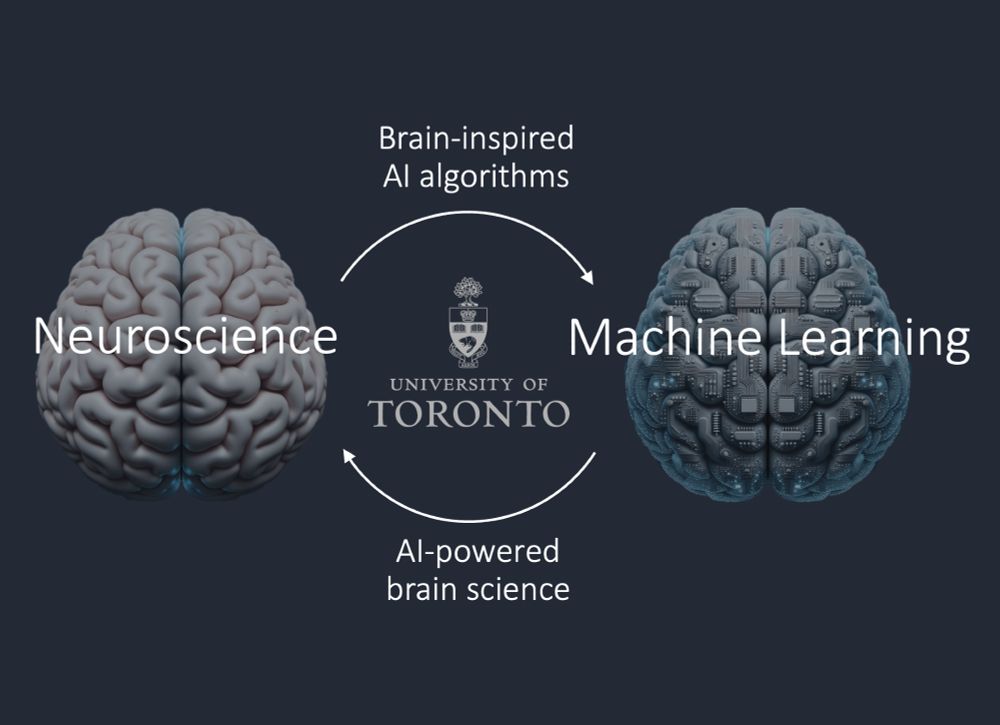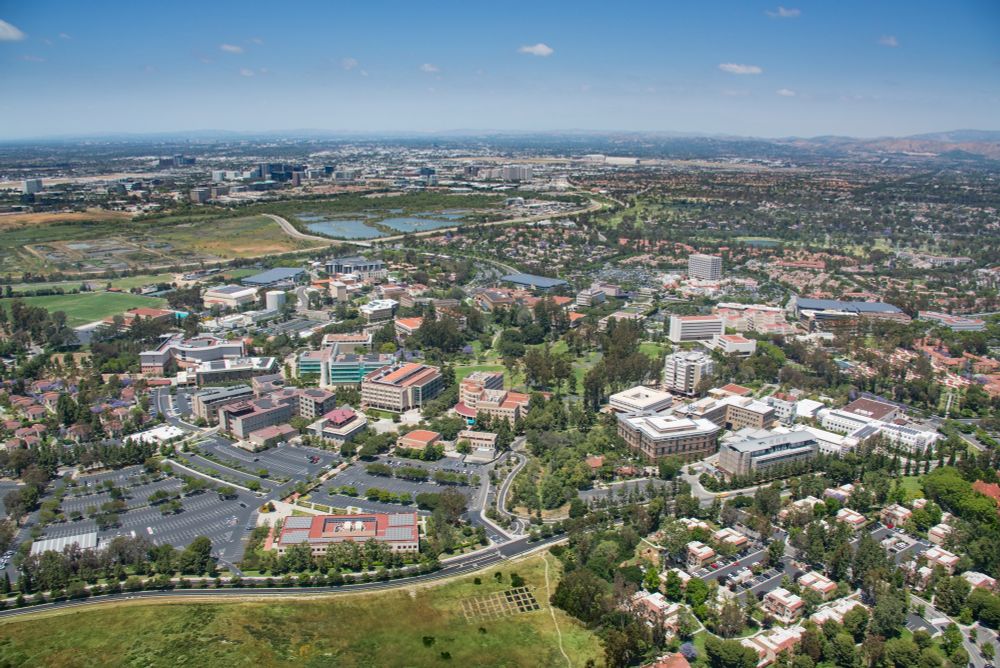Hannes Mehrer
@hannesmehrer.bsky.social
620 followers
310 following
43 posts
Computational neuroscientist, NeuroAI lab @EPFL
Posts
Media
Videos
Starter Packs
Reposted by Hannes Mehrer
Reposted by Hannes Mehrer
Reposted by Hannes Mehrer
Reposted by Hannes Mehrer










